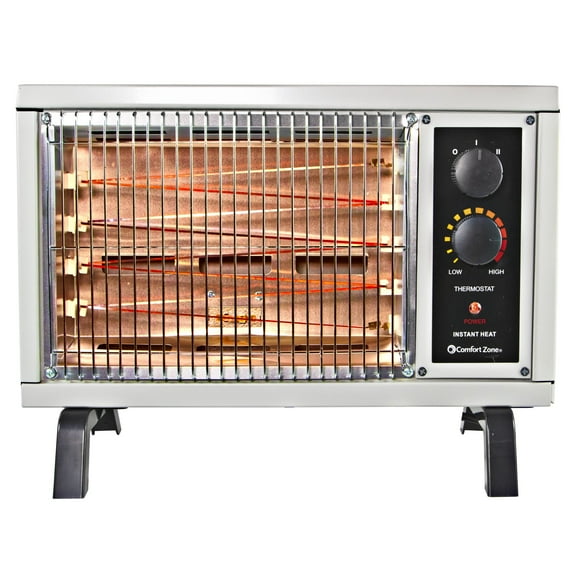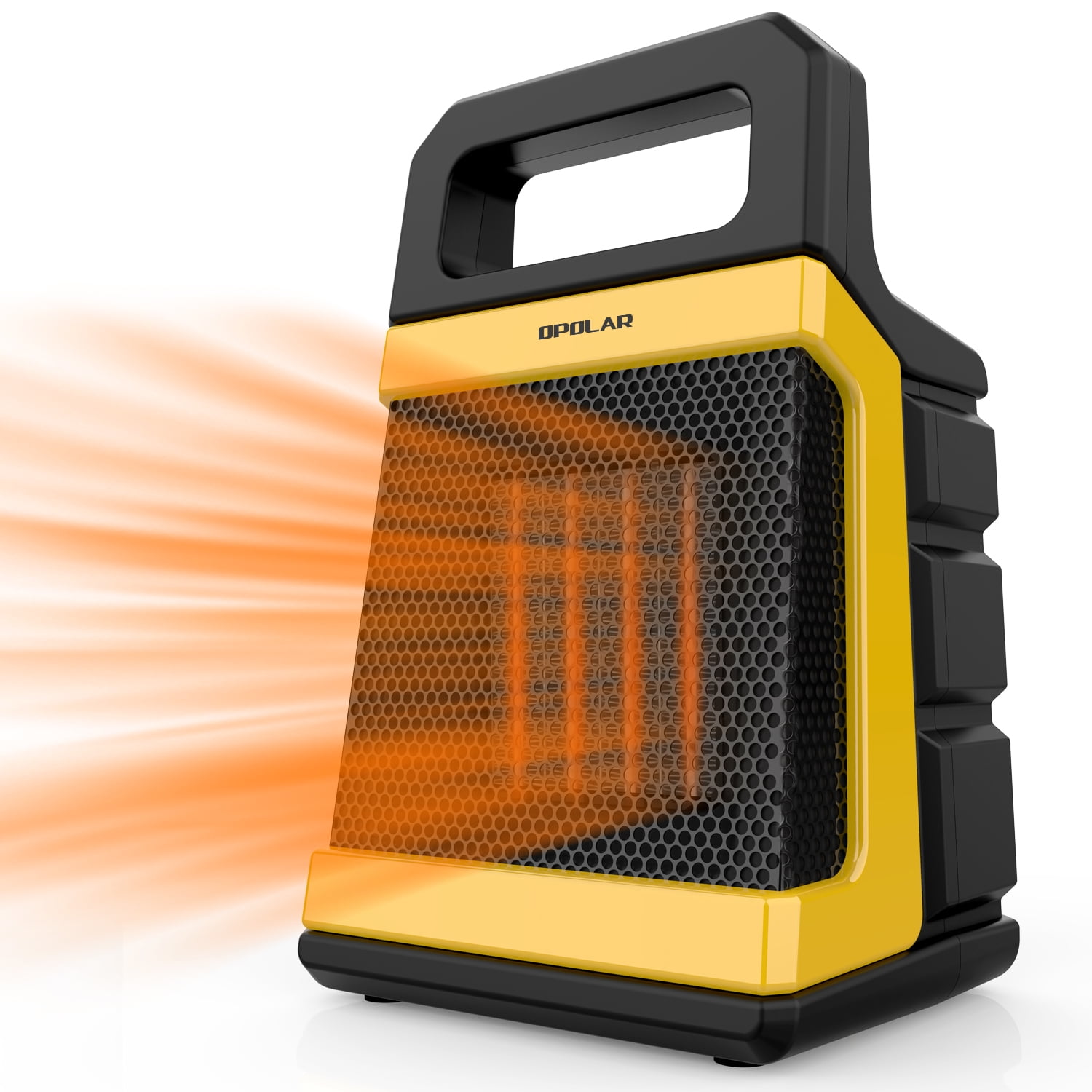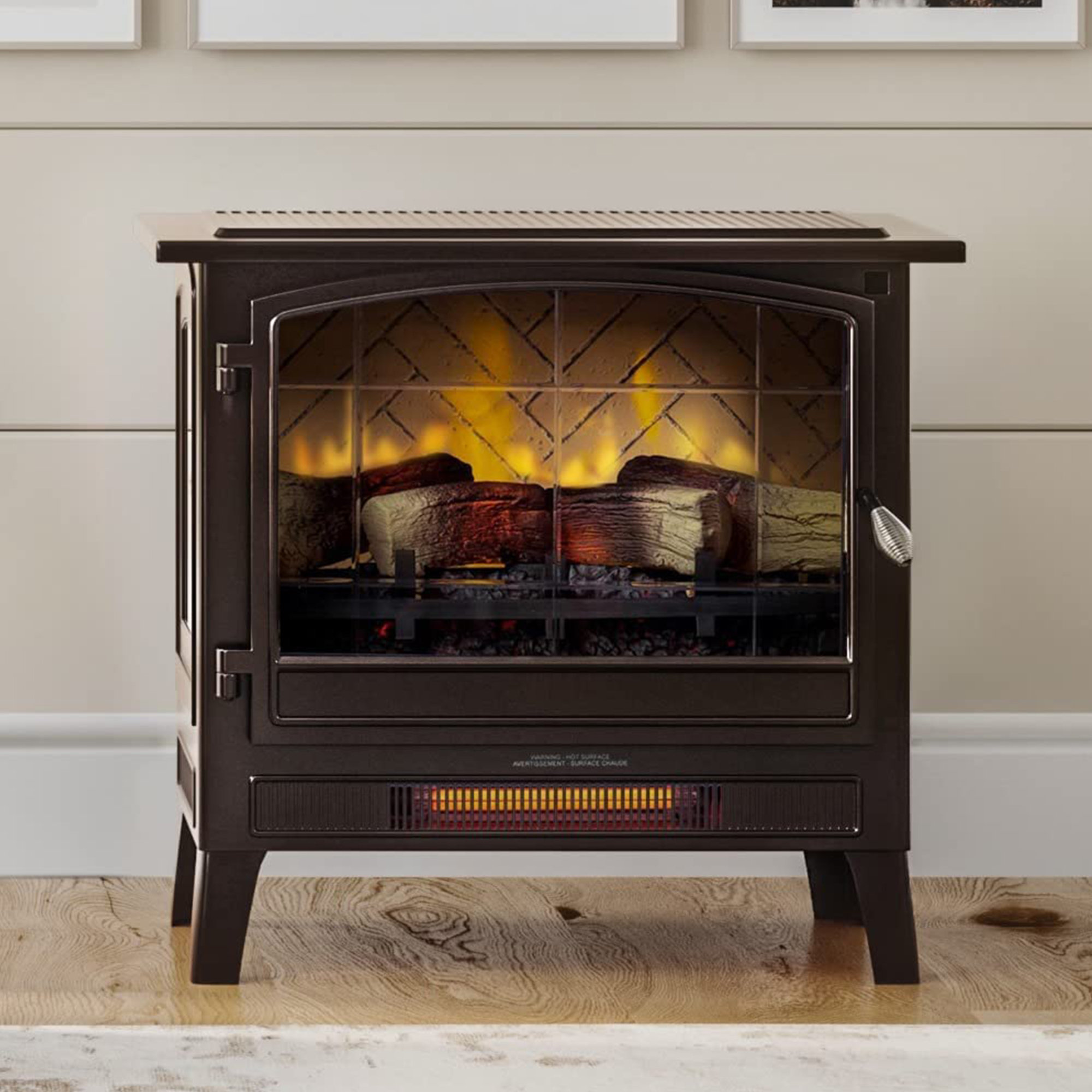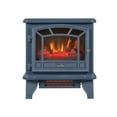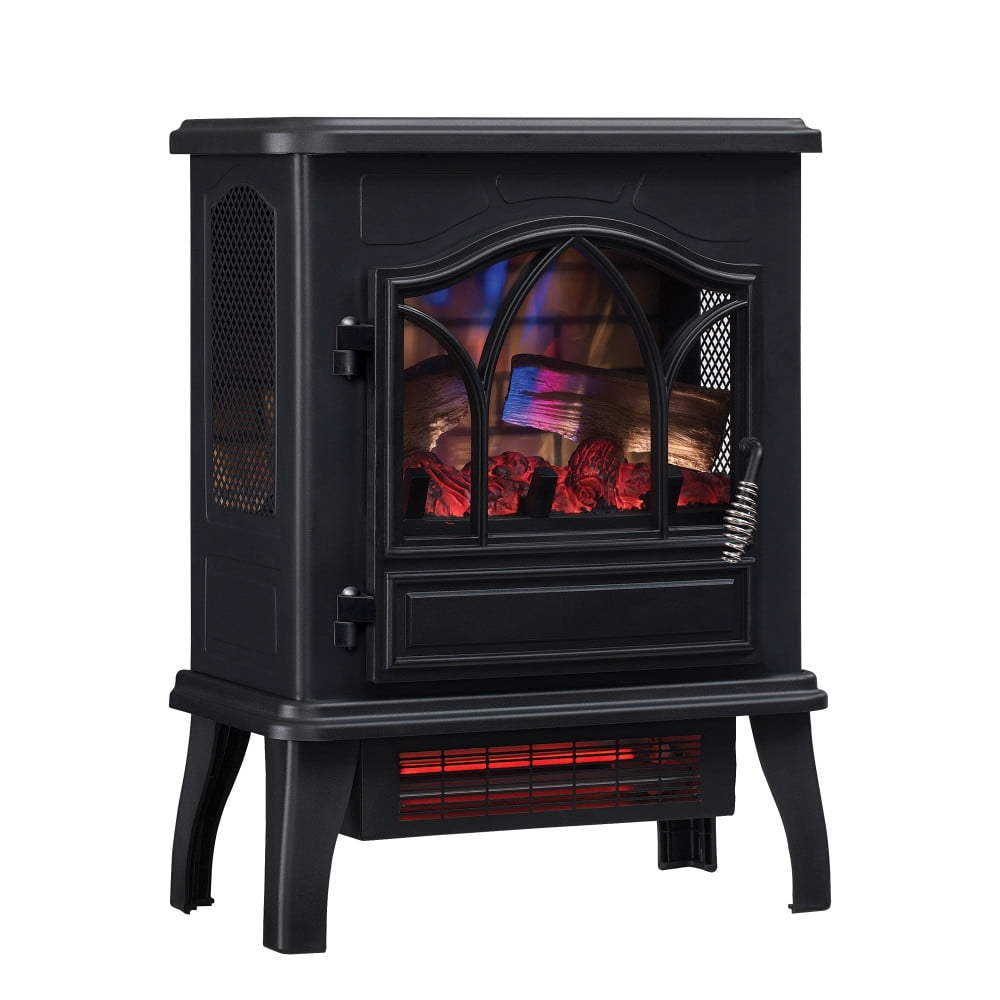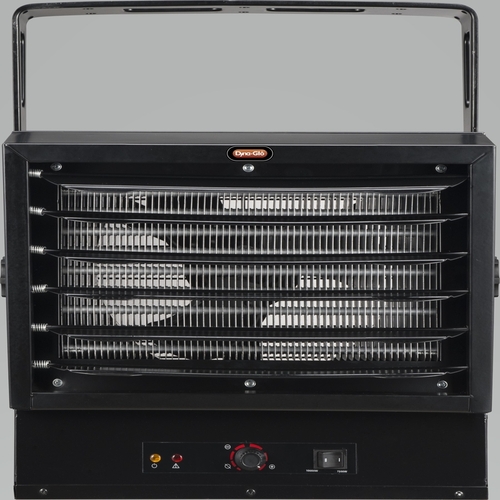Electric Heaters For 1000 Square Feet
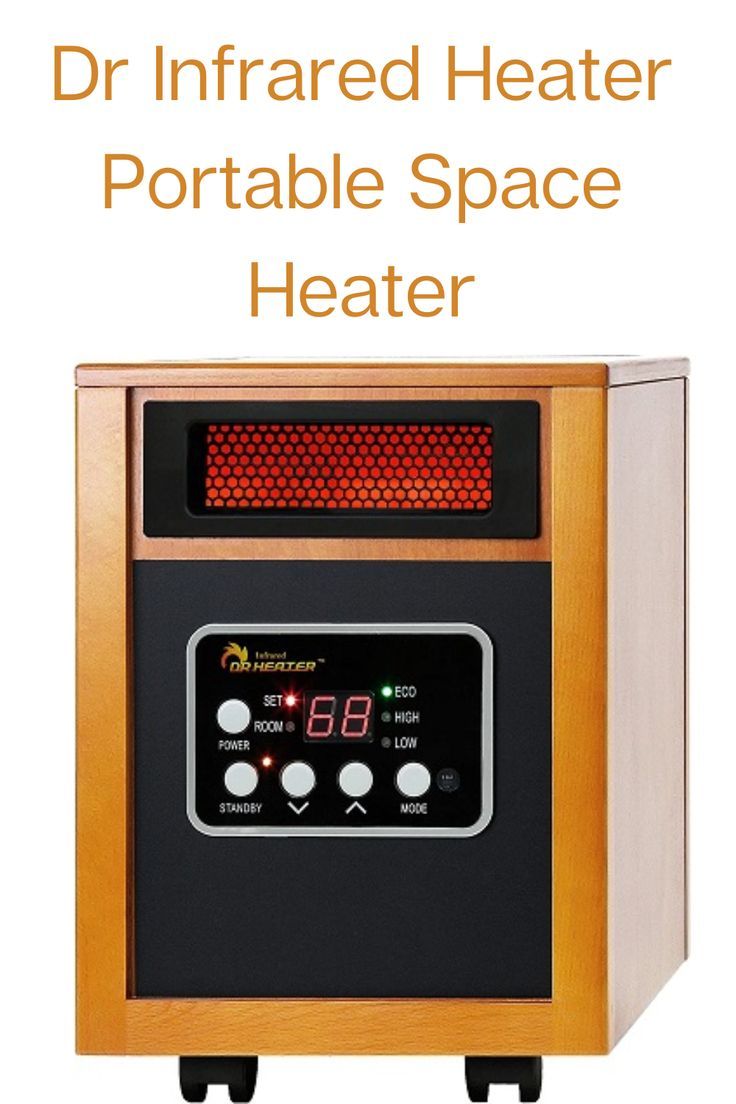
As winter approaches and energy costs continue to fluctuate, homeowners are increasingly seeking efficient and affordable heating solutions. The question of adequately heating a 1000 square foot space with electric heaters is a prevalent one, sparking debate about cost-effectiveness, energy consumption, and overall efficacy.
This article delves into the realities of using electric heaters for a 1000 square foot area. We'll examine different types of electric heaters, assess their energy consumption, analyze cost considerations, and explore alternative or supplementary heating strategies.
Understanding the Heating Requirements
Determining the appropriate heating solution for a 1000 square foot space requires understanding the BTU (British Thermal Unit) requirements. A general guideline suggests needing approximately 20 BTU per square foot in moderate climates, translating to roughly 20,000 BTU for our target area.
However, factors such as insulation quality, window efficiency, ceiling height, and climate significantly influence the actual BTU demand.
Types of Electric Heaters and Their Efficiency
Several types of electric heaters are available, each with varying efficiency levels. Space heaters, including ceramic, infrared, and oil-filled radiators, offer localized heating.
These heaters are typically portable and relatively inexpensive to purchase, but their energy consumption can be substantial, especially when used for extended periods to heat an entire 1000 square foot area. Convection heaters warm the air, circulating it throughout the room.
Ceramic Heaters
Ceramic heaters are known for their rapid heating capabilities. They utilize ceramic plates to heat the air, providing quick warmth in a targeted area. However, they may not be the most energy-efficient option for consistently heating a large space.
Infrared Heaters
Infrared heaters directly warm objects and people within their range, rather than heating the air. This can be more efficient in certain situations, but their effectiveness diminishes as the distance from the heater increases, making them less suitable for uniformly heating a 1000 square foot area.
Oil-Filled Radiators
Oil-filled radiators heat oil inside the unit, which then radiates heat into the room. They offer a more consistent and gentle heat compared to ceramic heaters, and retain heat for a longer period after being turned off. However, they take longer to heat up initially.
Energy Consumption and Cost Analysis
Electric heaters typically operate at around 1500 watts, consuming 1.5 kilowatt-hours (kWh) of electricity per hour. According to the U.S. Energy Information Administration (EIA), the average residential electricity price in January 2024 was 16.76 cents per kWh.
Therefore, running a 1500-watt electric heater for 8 hours a day would cost approximately $2.01 per day, or $60.30 per month (based on a 30-day month). Heating a 1000 square foot space solely with electric heaters could significantly increase your electricity bill.
Factors Influencing Heating Costs
Several factors can impact the actual heating costs. Insulation plays a crucial role, as well-insulated homes retain heat more effectively, reducing the need for constant heating.
Window efficiency is another important consideration. Drafty windows allow heat to escape, increasing energy consumption. Programmable thermostats can help regulate temperature and reduce energy waste when the space is unoccupied.
Alternative and Supplementary Heating Strategies
Given the potential cost implications of relying solely on electric heaters, exploring alternative and supplementary heating strategies is often advisable. Consider improving insulation to minimize heat loss.
Using space heaters in conjunction with a central heating system can provide targeted warmth in specific areas. Sealing drafts around windows and doors can significantly reduce heat loss.
Potential Drawbacks and Safety Considerations
While electric heaters offer convenience and portability, they also pose potential safety risks. Always ensure that heaters are placed on a stable, non-flammable surface, away from flammable materials.
Never leave electric heaters unattended, especially when children or pets are present. It is advisable to use heaters with built-in safety features, such as automatic shut-off in case of overheating or tipping.
Expert Opinions and Industry Insights
Energy efficiency experts generally recommend a multi-faceted approach to heating a home, combining efficient heating systems with proper insulation and energy-saving practices. The Department of Energy offers resources and guidelines for improving energy efficiency in homes.
Consumer Reports provides ratings and reviews of various electric heaters, helping consumers make informed purchasing decisions.
Conclusion
Heating a 1000 square foot space effectively with electric heaters is possible, but requires careful consideration of energy consumption, cost, and safety. While electric heaters can provide supplemental heat, relying solely on them may result in high energy bills.
A comprehensive approach, combining efficient heating solutions, improved insulation, and energy-saving practices, is the most sustainable and cost-effective way to maintain a comfortable indoor environment throughout the winter months. Further research and consultation with energy professionals is encouraged to determine the most suitable heating solution for individual needs and circumstances.









